
menu
close

Wrapping up and protecting the future with tents
The membrane structure industry seeks to reduce its environmental impact by lowering CO₂ emissions from manufacturing activities, and by addressing methane gas emissions—another major environmental challenge in the industry— is committed to reducing the two primary greenhouse gases.
In collaboration with other companies, universities, government agencies, and local communities, we are working to maximize the use of limited resources by thoroughly collecting membrane fabric waste and repurposing leftover materials.
We not only respond to the needs of our clients but also proactively address the social challenges in the regions that support us—including Saga and Kyushu, where our company was founded and where our employees live and work—by applying our ideas and technologies.
As a solution-driven company—one that strives not only to manufacture but also to solve problems—, we are committed to building a long-lasting and resilient future.
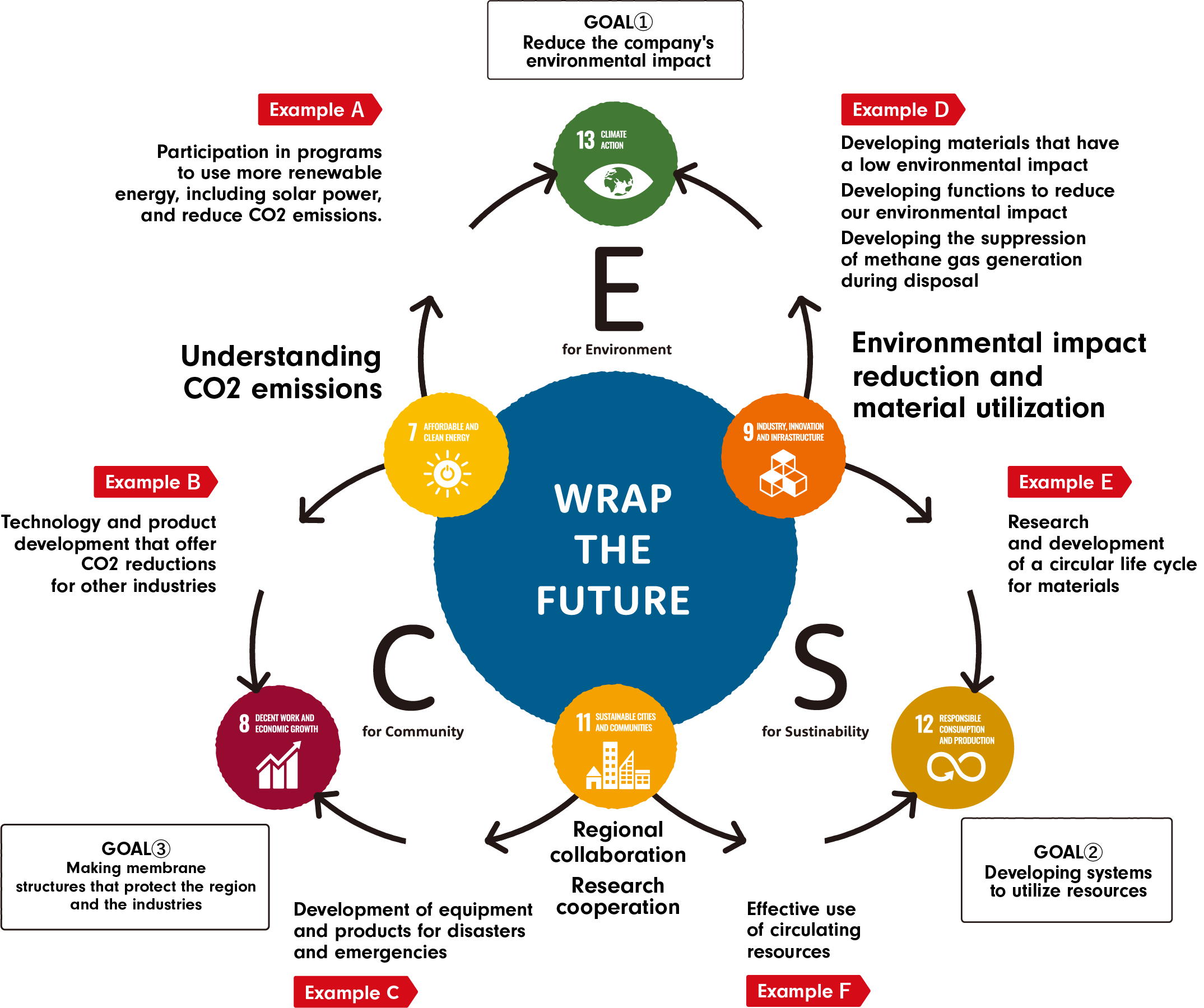
Yamaguchi New Shelter Industry Inc. began its manufacturing journey with the production of fabric ventilation ducts for mine shafts, addressing dangers such as toxic gas buildup and oxygen deficiency. Since then, the company has taken on numerous cross-industry challenges, starting from Saga and expanding throughout Japan. Today, we continue to tackle social issues through the possibilities of membrane structures, pushing boundaries to create solutions that transcend industries.
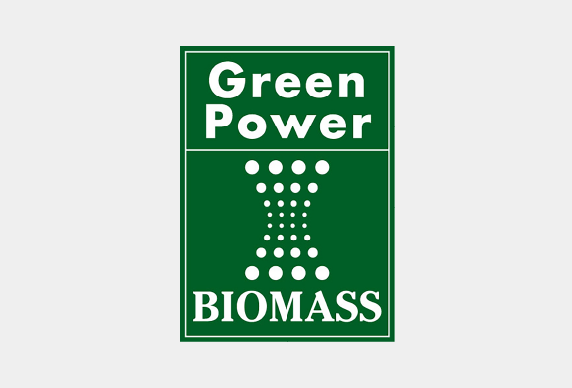
Example A
With the acquisition of the Green Power Certificate in January 2022, we can certify that 10% of our electricity consumption is now sourced from renewable energy such as solar and wind power. The Green Power Certificate is a system that certifies and trades electricity generated from renewable sources, contributing to the promotion and expansion of renewable energy usage.
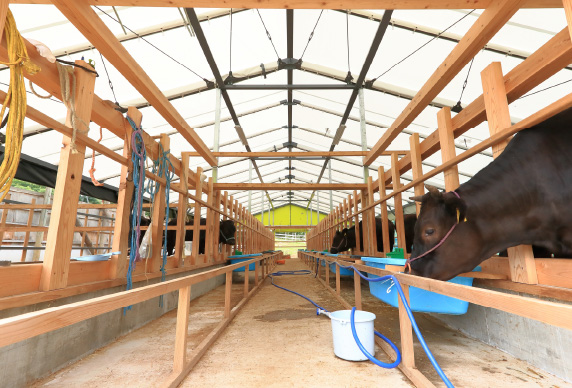
Example B
The Tent Barn project was launched in-house after recognizing the potential of low-cost, quick-to-construct tent barns, based on a construction case study in 2016. Tent barns help improve the cattle-rearing environment by using different membrane materials with varying permeability levels, depending on the breed. The high breathability and wide range of color options offered by mesh fabrics are features unique to membrane structures.
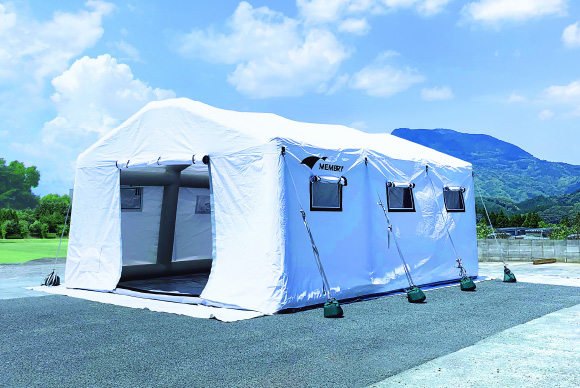
Example C
Emergency air shelters were developed in response to the spread of the novel coronavirus. These quickly deployable tents feature a tunnel-shaped structure with large openings on both ends to ensure excellent ventilation. They are equipped with zipper-attached partitions for easy setup and removal, as well as built-in lighting. They can be used for a wide range of purposes, including medical response to infectious diseases and providing private spaces in evacuation shelters.
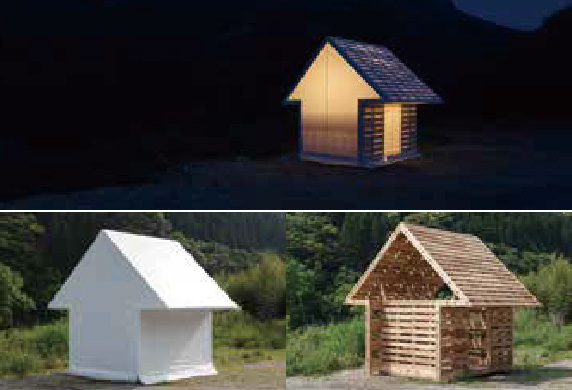
Example D
HütTent was developed in collaboration with six organizations: Saga University, yHa Architects, Unno Construction, Shimura Lumber, Tetsushin Design, and Yamaguchi New Shelter Industry Inc. It is a compact mountain hut measuring approximately 3.5 meters per side, designed to serve as a shelter for climbers and a base for forest maintenance. The use of lightweight timber as one of the primary structural materials helps reduce CO₂ emissions during both production and transport. Applying a membrane material covering further enhances durability compared to timber alone.
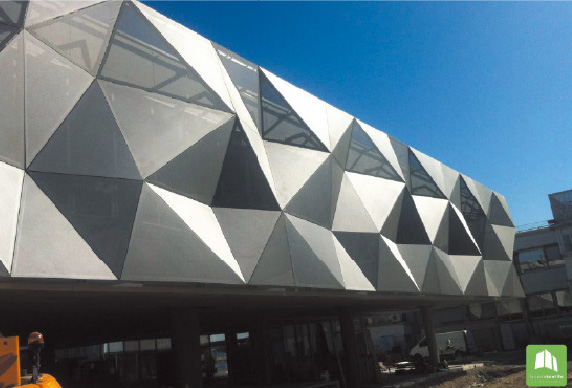
Example E
The textile façade’s external shading function reduces solar heat gain and can lower annual energy consumption for heating and cooling by up to 50% or more. The use of lightweight membrane materials and aluminum contributes to reducing CO₂ emissions not only during manufacturing, but also during installation and transportation.
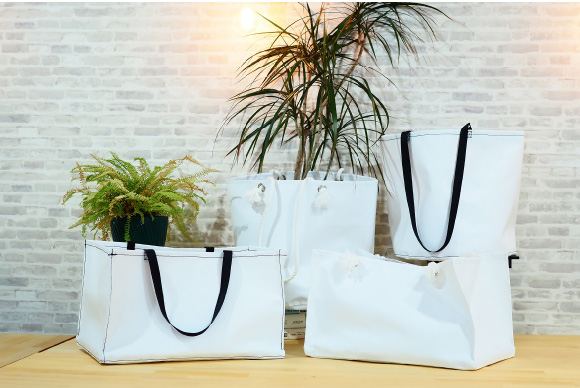
Example F
In collaboration with the stationery and lifestyle goods brand Hi-Tide, we are developing a new line of products—bags and miscellaneous items—that reuse surplus membrane materials which would otherwise be discarded. By repurposing excess materials generated in the manufacturing process at Yamaguchi New Shelter Industry Inc., this initiative promotes upcycling that not only reduces waste but also adds new value to it.
Yamaguchi New Shelter Industry Inc. aims to wrap and protect the future through membrane structures.
What kind of membrane structure can protect and wrap the environment?
What kind of membrane structure can protect and wrap resources?
What kind of membrane structure can protect and wrap communities?
We reflect on these questions and challenge ourselves every day,
so that the actions of each and every employee—
and every membrane structure we build—
will help protect the future we all share.

Low-cost, high-performance tent warehouses provide the best solution to your challenges.

Flexibility and durability are maximized to provide vivid support for spatial production.

We take on new social issues with new ideas and create new value.
We can realize your projects and problems
that other companies have not been able to do.
Please feel free to contact us
regarding products, design, and construction matters.
View